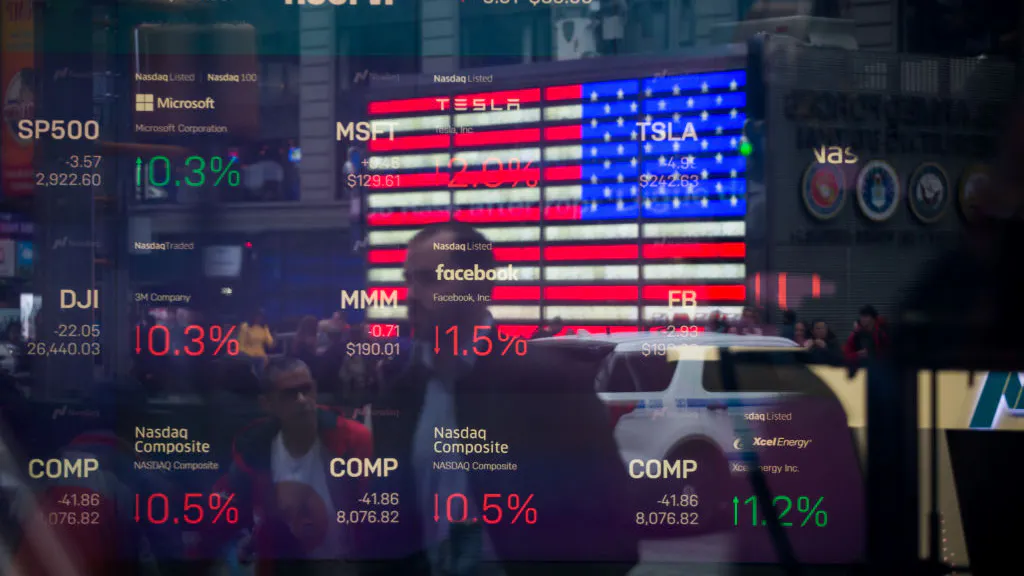The COVID-induced recession was the shortest in American history.
The Business Cycle Dating Committee of the National Bureau of Economic Research — which “maintains a chronology of the peaks and troughs of US business cycles” — defines a recession as the time period between a “peak” and “trough” in economic activity. The agency explained:
The committee has determined that a trough in monthly economic activity occurred in the US economy in April 2020. The previous peak in economic activity occurred in February 2020. The recession lasted two months, which makes it the shortest US recession on record.
In determining that a trough occurred in April 2020, the committee did not conclude that the economy has returned to operating at normal capacity. An expansion is a period of rising economic activity spread across the economy, normally visible in real GDP, real income, employment, industrial production, and wholesale-retail sales. Economic activity is typically below normal in the early stages of an expansion, and it sometimes remains so well into the expansion.
Previously, the shortest recession was a six-month period in early 1980.
Although the most recent recession — induced by COVID-19 and subsequent government lockdowns — was the shortest on record, federal officials responded to it with the largest omnibus stimulus packages in history.
Without a doubt, the $2.2 trillion CARES Act — passed in March 2020 and signed by President Trump — played a role in ending the recession. An analysis from the University of Pennsylvania’s Wharton School found that the bill prevented an additional 5% decrease in American economic output.
However, the same group of economists noted that stimulus bills not passed in the troughs of recessions — in this case, the $2.3 trillion HR 133, signed by President Trump in December 2020 and the $1.9 trillion American Rescue Plan, signed by President Biden in March 2021 — are far less effective at increasing economic output.
The federal government will disburse a total of $5.9 trillion in COVID-19 relief through its legislative efforts alone. If these funds had been evenly divided among America’s 143.3 million taxpayers, each would have received roughly $41,000.
The Wharton analysis also found that an additional $1 trillion in deficit spending reduces output by 0.28% and increases government debt by 2.53% over the course of three decades. A $10 trillion increase causes output to fall by 3.09% and increases debt by 27.24%.
The Biden administration is currently considering several multitrillion-dollar policy proposals — including the American Jobs Plan and the American Families Plan. With these two plans alone, Americans could receive the equivalent of $31,400 — $18,840 from the former bill and $12,560 from the latter.
The views expressed in this opinion piece are the author’s own and do not necessarily represent those of The Daily Wire.

.png)
.png)

